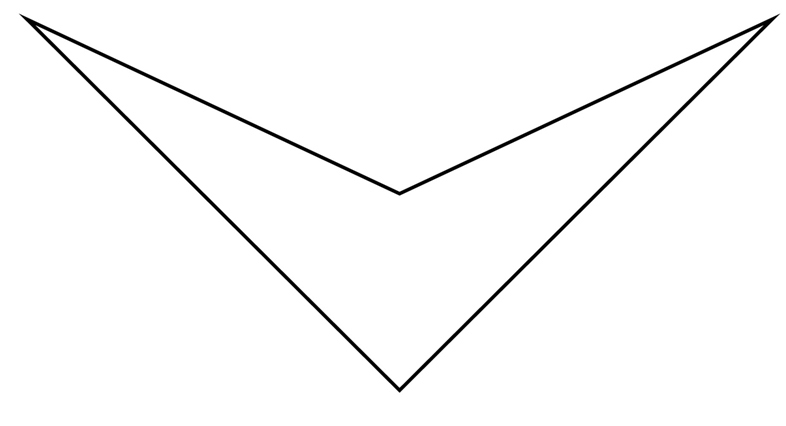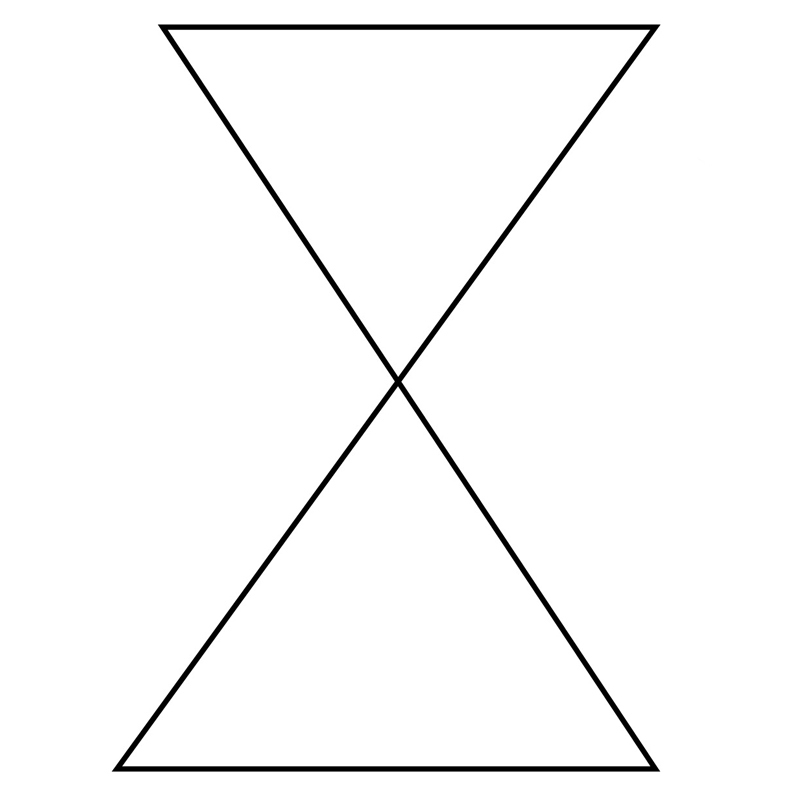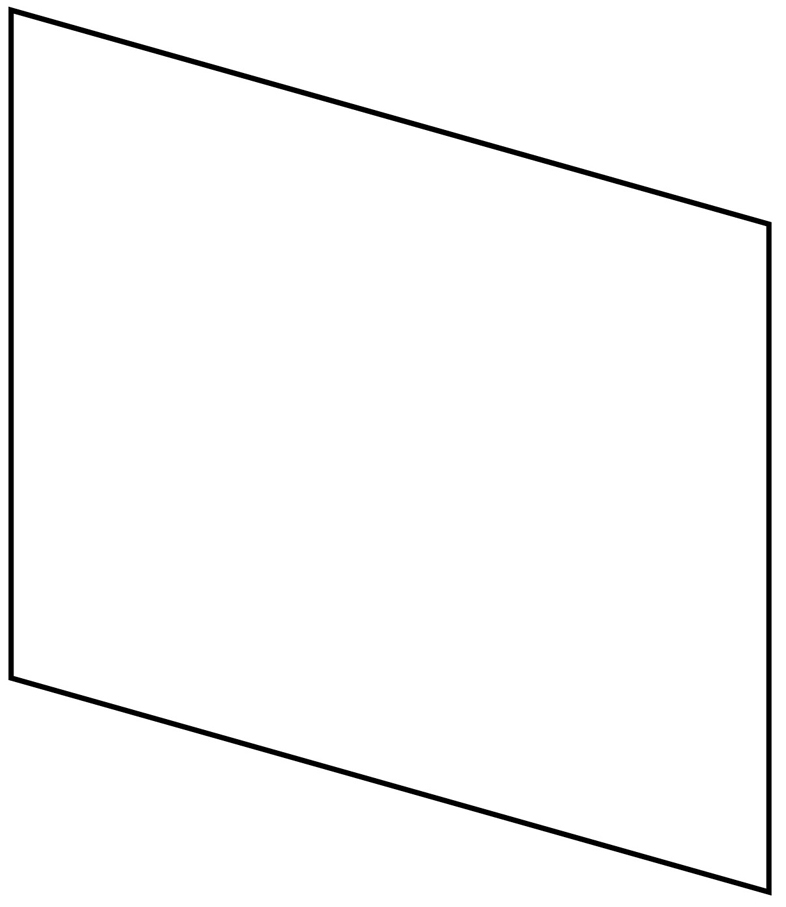By Stephen Meskin
In the world of polygons, there is only one type of triangle, three types of quadrilaterals, and almost a dozen types of pentagons.
The quadrilateral types look like:
The pentagons look like—stop! I almost gave it away. There is only one problem in this column. Namely:
Problem: Find all types of pentagons.
You will have help. First, I will give you seven types of pentagons; so, you only need to provide the rest. Second, the seven gifts and the three quadrilaterals shown above might give you some ideas. Third, I will provide you with a definition of a “type of pentagon,” which should also be helpful.
Pictures of the seven types of pentagons I’m giving you are available at OEIS (The On-Line Encyclopedia of Integer Sequences). Visit oeis.org. Enter sequence number A000939 and click search. You will see a table labeled “Number of inequivalent n-gons.” The sequence itself is shown below a historical note. It is “1,1,1,2,4,14,…” For pictures, scroll down to the third item in the LINKS section, “On the enumeration of polygons.” Click the link and scroll to the second page. There are four pentagons shown in line 1 column 6 and line 2 columns 1-3. To get the remaining three types of pentagons, go to sequence A298612. Again, scroll down to the third item in the LINKS section, “Illustrations of a(4), a(5), a(6), and click the link. There are three additional pentagons in the second section of the page. Caution—the definition of polygon differs between the two sequences, and both differ from what we are using in this problem.
By “type of pentagon,” I mean an equivalence class of pentagons. The pictures you have already seen and those you need to supply to solve the problem are representatives from each class.
Before I tell you what the equivalence relation is, let me define the whole set of pentagons. It will include those illustrated by the two sequences above. That is, it will include pentagons with edges that cross, as shown in A000939, and those with interior angles that are greater than 180˚, as shown in A298612—and more, as you will show in your answer.
What I mean by a pentagon is a geometric figure consisting of five points v1, v2, …, v5, called vertices, and the five straight line segments e1, e2, …, e5, called edges, connecting the vertices in order (ei connects vi to v(i+1) mod5) satisfying the following properties.
- The vertices and edges all lie in one plane.
- No point in the plane belongs to more than two edges.
- Consecutive edges are not collinear.
These are severe but reasonable constraints satisfied by the seven pentagons already considered.
If we denote a pentagon by its vertices, say P = [v1, v2, …, v5], then we say that P is equivalent to Q = [w1, w2, …, w5] if there exists a family P(t)=[v1(t), v2(t), …, v5(t)] of pentagons for 0≤t≤1, such that P(0)=P and P(1)=Q or a mirror image of Q and for each i=1,2,…,5, the point vi(t) is a continuous function of t on the closed interval [0,1]. In other words, P and Q are equivalent if we can deform P to Q (or its mirror image) without pushing a vertex through an edge (property [2]) or a straight angle (property [3]). This is clearly an equivalence relation. The derived equivalence classes allow us to correctly reason about incorrectly drawn pentagons.
Solutions may be emailed to cont.puzzles@gmail.com.
In order to make the solver list, your solutions must be received by October 1, 2023.
Solution to Previous Puzzle—Radio Contests
Problem: What is the average number of calls it would take to win the KHTR 103 radio contest? A lot of people solved this via simulation, which is absolutely acceptable. However, a mathematical solution can be found as well.
Step one is to set up a 103-row-by-103-column matrix, where the rows are the caller’s guess and the column is the actual random number. Each cell is equally likely.
For 103 of the cells, the caller guessed the right number. All the remaining cells get handled the same way, so let’s take for example the cell where the caller guessed 65 and the actual number is 33. In this case, we know that the next caller will need to pick a random number between 1 and 64. This sets up a recursion pattern, as now the radio contest is for all intents and purposes out of 64 numbers (with one wrong guess already recorded), not the original 103.
We can therefore set up this recursive calculation in Excel, apply this logic to the remaining cells in the matrix, and see after a few calculations that the average number of callers needed to win the contest is a little over 7.53.
Solvers: Mike Blakeney, Bob Byrne, Todd Callaway, Bob Conger, Samuel Ellis, Clive Keating, Chi Kwok, Alex Kozmin, Jerry Miccolis, David Promislow, Tomasz Serbinowski, Al Spooner.








